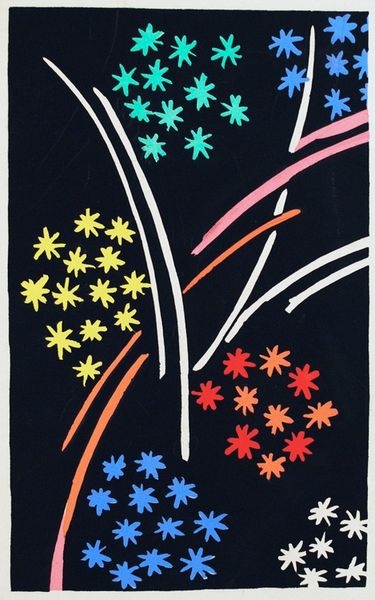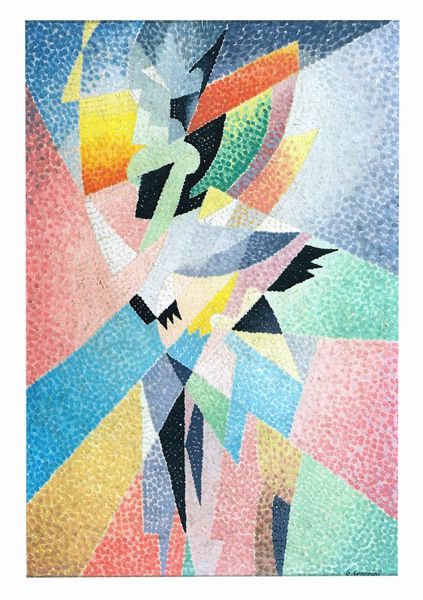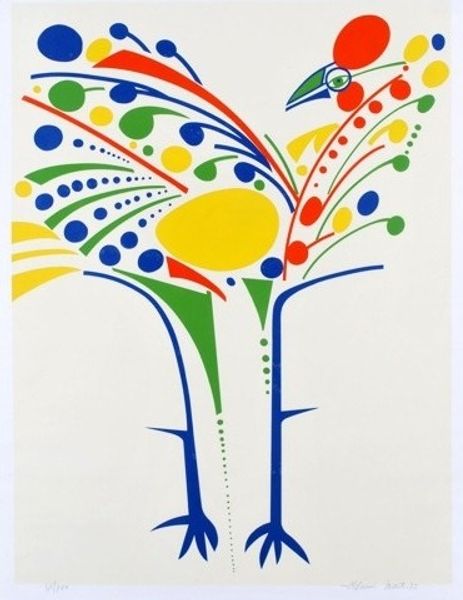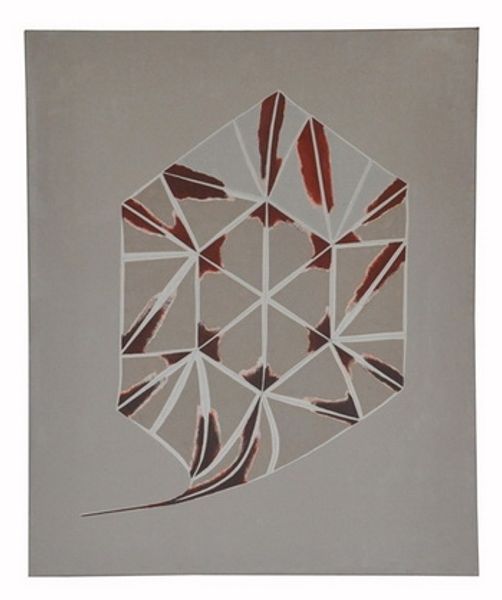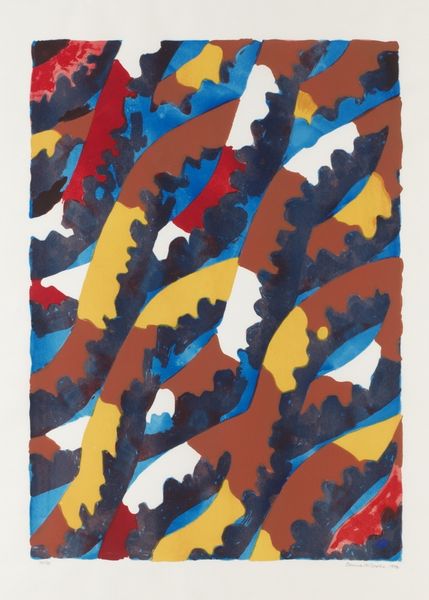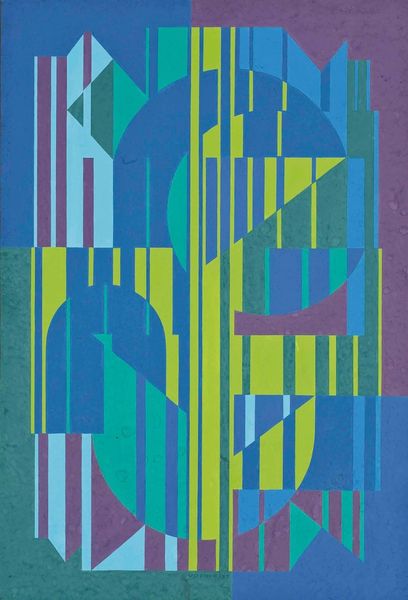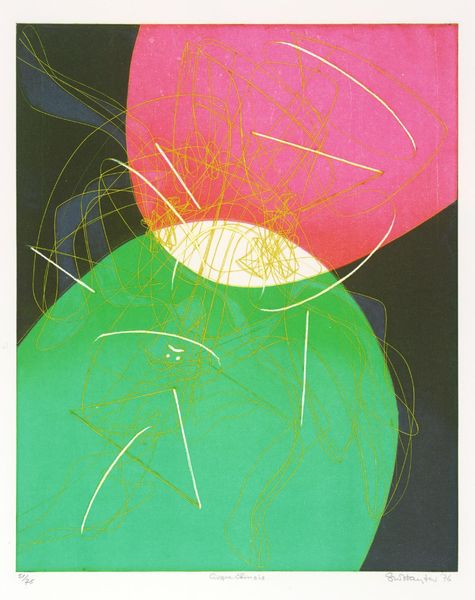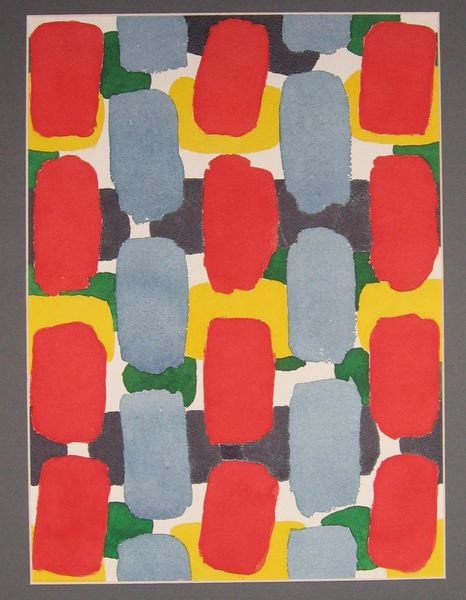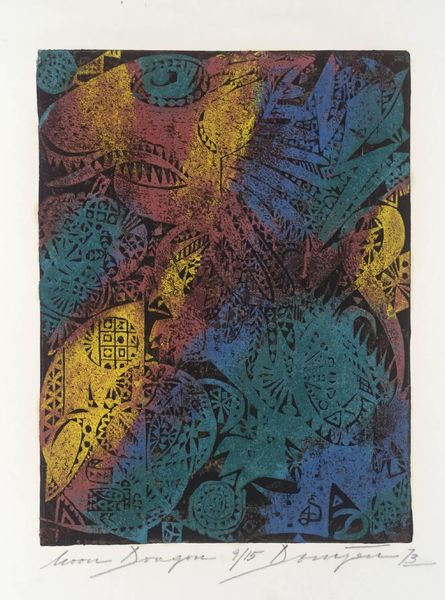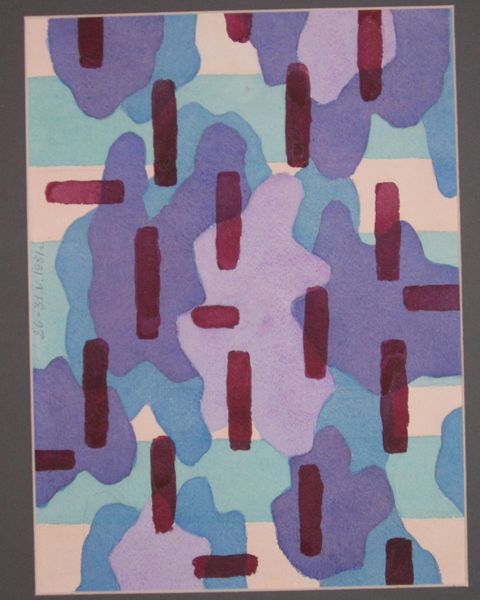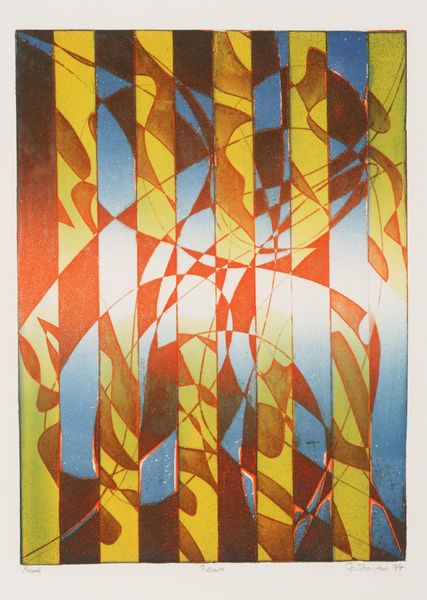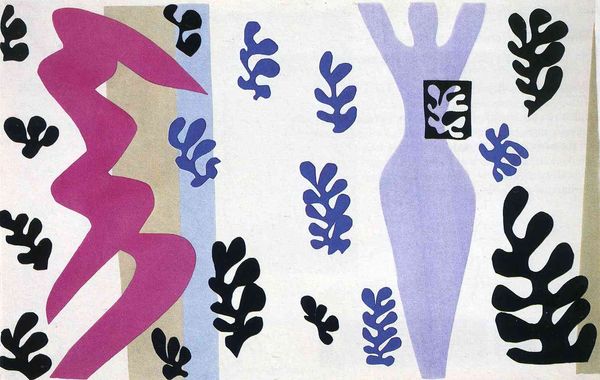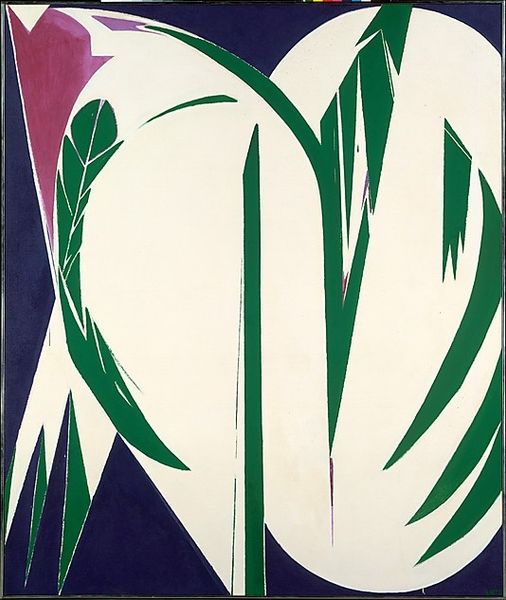
Dimensions: 20.5 x 12 cm
Copyright: Henri Matisse,Fair Use
Editor: Henri Matisse's "The Creole Dancer," from 1950, captivates with its joyful vibrancy. The collage aesthetic using paper and acrylic feels so fresh. What cultural symbolism or deeper meanings do you think resonate within this piece? Curator: This work immediately strikes me with its flattened perspective, the figure deconstructed into pure shapes of colour, mirroring, perhaps, a Fauvist sensibility distilled into pure emotional response. Do you see how the simplified geometric forms almost become glyphs? Editor: Glyphs? Like written symbols? Curator: Exactly! Consider how throughout history dancers have symbolized freedom, sensuality, and connection to the earth, especially within the diaspora. Matisse, although European, encountered different cultures, integrating motifs—think of those star shapes near the base. Could they allude to cartography, navigation, even fate guiding cultural exchange? Editor: That’s fascinating! I hadn't considered the stars as a navigational reference. It adds layers to the work's playful facade. So, the bright colours and simplified shapes belie a deeper meditation on cultural identity and movement? Curator: Precisely. The “Creole Dancer” encapsulates how cultural memory persists through symbols, abstracted yet deeply felt. Do the jagged cuts remind you of tearing, of separating, even as they construct? How do these juxtapositions communicate shared experience and personal expression across boundaries? Editor: This discussion reframed how I understand art's symbolic power and its impact on our sense of place and cultural belonging. Thank you! Curator: And thank you! Every viewing brings new revelations and personal connections.
Comments
No comments
Be the first to comment and join the conversation on the ultimate creative platform.
